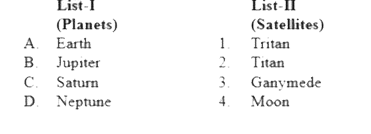An aqueous solution of X is added slowly to an aqueous solution of Y as shown in List-I. The variation in conductivity of these reactions is given in List-II. Match List-I with List-II and select the correct answer using the code given below the lists:
List−IList−II(P)(C2H5)3N+CH3COOH(1)Conductivity decreases adn then increases X Y(Q)KI(0.1M)+AgNO3(0.01M)(2)Conductivity decreases and then does not change much X Y(R)CH3COOH+KOH(3)Conductivity increases and then does not change much X Y(S)NaOH+Hi(4)Conductivity does not change much and then increases X Y
Codes:
A
PQRS3421
B
PQRS4321
C
PQRS2341
D
PQRS1432
Video Solution
Text Solution
The correct Answer is:A
(A) For weak base v/s weak acid titration upto equivalenece point conductivity increases because weak electrolyte (W.A.) is converted to strong electrolyte (salt) but after it weak base does not dissociate appreciably
(B) For KI+AgNO3→AgI(ppt.)+KNO3
upto equivalence point number of ions remain same but after it increases
(C) For weak acid v/s strong base titration upto equivalence point OH− ion is replaced by CH3COO− so conductivity decreases but after it weak acid does not dissociate appreciably.
(D) For strong base v/s strong acid titration upto equivalence point H+ion is replaced by Na+ so condutivity decrease but after it increases due to increases in number of ions.
|
Topper's Solved these Questions
Similar Questions
Knowledge Check
Match List-I with List-II and select the correct answer using the codes given below the lists:
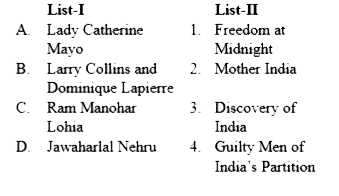
 AA-2,B-1,C-4,D-3BA-1,B-2,C-3,D-4CA-4,B-3,C-1,D-2DA-2,B-1,C-3,D-4
AA-2,B-1,C-4,D-3BA-1,B-2,C-3,D-4CA-4,B-3,C-1,D-2DA-2,B-1,C-3,D-4Match List-I with List-II and select the correct answer using the codes given below the list:
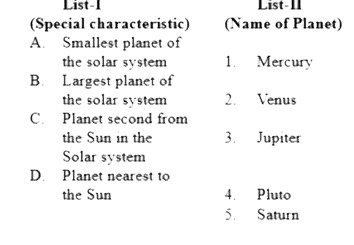 AA-2,B-3,C-5,D-1BA-3,B-5,C-1,D-2CA-4,B-1,C-2,D-3DA-4,B-3,C-2,D-1
AA-2,B-3,C-5,D-1BA-3,B-5,C-1,D-2CA-4,B-1,C-2,D-3DA-4,B-3,C-2,D-1Match List-I with List-II and select the correct answer using the codes given below the lists
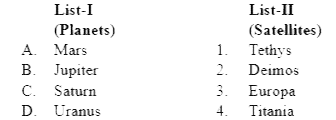 AA-2,B-1,C-4,D-3BA-1,B-2,C-3,D-4CA-4,B-3,C-1,D-2DA-2,B-1,C-3,D-4
AA-2,B-1,C-4,D-3BA-1,B-2,C-3,D-4CA-4,B-3,C-1,D-2DA-2,B-1,C-3,D-4
Match List-I with List-II and select the correct answer using the codes given below the lists:
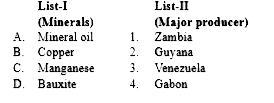
View SolutionMatch List-I with List-II and select the correct answer using the codes given below the lists:

View SolutionMatch List-I with List-II and select the correct answer using the codes given below the lists:
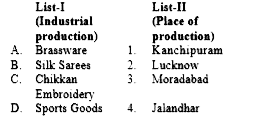
View SolutionMatch List-I with List-II and select the correct answer using the codes given below the lists:
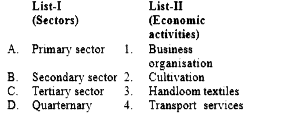
View SolutionMatch List-I with List-II and select the correct answer using the codes given below the lists:
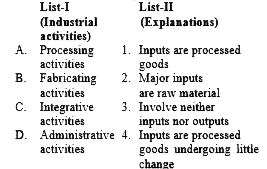
View Solution

